Many HR leaders we interact with are looking for a framework to make a Diversity, Equity, and Inclusion (DEI) program actionable in their organization. So, here at Employee Cycle we got to work to assemble tips and best practices to help you get buy-in, plan, and implement your DEI program.
Let’s start with the basics and define terms to make sure we’re on the same page.
Defining DEI Terms
Diversity means the organization has a variety of individuals working for them based on race, gender, religion, nationality, education level, age, disabilities, socioeconomic status, and more.
Equity means the organization provides opportunities for all its employees and treats each individual fairly, recognizing that advantages and barriers exist, and acknowledging that people have different needs.
Inclusion means the organization values and respects differences, embracing people to be themselves at work.
Now, let’s look at why DEI programs are important.
Why DEI Programs Are Top Of Mind For HR Professionals
Diversity, Equity, and Inclusion (DEI) programs are top of mind for businesses. But you may be asking yourself why?
- Why is DEI Important in the first place?
- Why should companies be doing the work to create a DEI program?
- Why should HR teams take time and energy away from the rest of their HR efforts to focus on DEI?
According to SHRM, around 80% of companies are simply “going through the motions” of DEI programs without “holding themselves accountable.” Unfortunately, this means those companies view DEI programs as another item to check off the company to-do list. Or worse yet, they are companies that look to profit from their investment into DEI initiatives through public perception and enticing candidates looking for jobs with companies committed to DEI.
Back to companies viewing DEI as a checklist…This is not a good reason at all! It’s a lot of work for all the wrong motivations. So what’s the right reason to create a DEI program at your organization?
The Right Reasons To Create A DEI Program
Because DEI programs are the right thing to do. And because DEI programs have been proven to improve morale, encourage innovation, raise productivity, improve retention, and increase revenue. When you consider that voluntary turnover costs U.S. businesses nearly $1 trillion each year per Gallup, improving retention alone should encourage your organization to move forward with your own DEI program.
According to an executive survey by Korn Ferry consultants, “the vast majority of respondents (84 percent) say a lack of attention to diversity and inclusion contributes to employee turnover.” And why can a lack of focus on DEI have this huge effect on an organization’s workforce? Because it can make the environment stressful and unpleasant to work in; people can feel undervalued if their contributions are ignored based on their gender, race, disabilities, religion, and more; mental health can suffer; and employees can go untrained on how to handle or avoid conflicts over perceived bias.
How To Lower Employee Turnover Numbers
So, how can you get those employee turnover numbers to improve?
For your organization to consider DEI programs attractive and valuable, stakeholders – from entry-level to CEO – need to be involved in DEI. It must become a part of your company’s culture. It’s at that level of trust and buy-in that your DEI program can be transformative. In fact, embracing a DEI program also makes economic sense to your organization. A McKinsey Report states that companies with greater diversity are likely to outperform their competitors by 25%!
We believe effective DEI programs can create positive cultures where people can be themselves at work, feel they are making valued contributions, and know they can rely on career progression. And our HR Analytics Dashboard helps you track and visualize the data you need to build that DEI program that can contribute to a positive culture in your organization. So let’s start digging in…
Step 1: Strategize
We’ve heard that the hardest thing about creating a DEI strategy is starting the DEI strategy. So, we’re here to help HR leaders learn where to start.
What should you think about? Start with your organization’s strategic priorities to understand how to align your DEI program with those priorities.
For example, let’s say you are a customer support organization, and one of your strategic priorities is to provide the gold standard in customer support across the industry. Now, take it a step further and determine how DEI plays a role and enables that objective.
We know that when customer success representatives embody the communities they serve, they are better able to empathize with and support that community. This, in turn, helps those representatives feel happier giving back to their communities. And what does that do? It helps them do better in their jobs and deliver better customer success and support. Now that’s a great result!
Which Strategic Objectives Should You Align With?
Strategic objectives are basically statements of the company-wide direction your organization will focus on, typically over a 3-year timeframe. And they are broad statements about the core functional areas within your company. Typically those functional areas include Financial, Internal/Operational, Customers/Constituents, and Workforce/Development.
As HR professionals, you want to ensure that your team doesn’t operate in a silo from the rest of the organization. You can tie your DEI initiatives to each of the functional areas in your company. Remember, you don’t want your DEI initiatives to be viewed as risk avoidance things to check off a list. You want them to be drivers of positive organization-wide outcomes. They need to be well-planned with several stakeholders involved.
How Do You Walk The Talk?
Unfortunately, we’ve seen much of the DEI talk be just that – all talk. The challenge for your organization is to follow through to meet your DEI goals that are aligned with your company’s strategic goals. But you can’t move ahead until you have a clear picture of where your workforce stands right now.
More than likely you’re already gathering HR data on headcount, performance, recruiting, retention, turnover, and more. In that mix of data, are you measuring your diversity? We don’t mean basic demographics. We’re referring to digging deeper with diversity metrics such as employees by:
● Gender
● Gender over time
● Generation
● Ethnicity
● Department by gender
● Job level by gender
● Level by diversity
● Level by age
And then taking it a step further, are you benchmarking your organization’s diversity metrics against your industry and competitors?
Step 2: Benchmark
First, you’ll want to benchmark your internal numbers. Where’s the best place to start? Your own workforce. Get a pulse from your employees by sending out a DEI sentiment survey. Find out what’s happening inside your teams, understand how included (or left out) employees feel, and learn about their experiences of fairness in the workplace. In order to capture your employees’ attention and get them to participate, you should consider the following areas.
Allow Answers To Be Optional
● Allow employees to skip questions that make them uncomfortable answering.
● Use skip logic that will allow the employee to advance to the next question.
Explain How Results Will Be Used
● Be specific on why the survey is being sent out, and how the answers will drive your DEI objectives.
● Promise to share the survey results with the employees – transparency is key.
● Communicate clearly to build engagement, interest, and trust.
Compare Results Across The Organization
● If you’re a large organization, compare the results by region, department, and manager to unearth trouble spots and learn from successful spots.
● Where DEI awareness is very high, research what they are doing differently and better, then advance their practices across the entire organization.
Share The Insights
● Present survey results during a company-wide meeting, explain the findings, and add context.
● Presentations should include employee participation rates, the company’s DEI strengths, areas for growth, key findings, and comparisons to past surveys.
● Provide an action plan that shows employees you will follow through with changes and address issues.
Benchmarking isn’t just about setting internal metrics. We’re also talking about looking outside your walls to compare your organization’s diversity metrics to the industry and your competitors. But this step isn’t easy. Industry and competitor data is difficult to find. In fact, the Sustainability Accounting Standards Board (SASB) project is looking into what disclosures companies should make about DEI. Unfortunately, the SASB’s research shows they do not have comparable DEI information to evaluate yet.
So, our recommendation is to look at public resources, such as census data and the U.S. Department of Labor. Start gathering basic demographic information such as gender representation in your industry, education at different job levels, age ranges in certain departments, and so forth. When you gather good data, it enables you to start conversations with your leadership for buy-in, support, and funding. If you don’t compare well with competitors, then you can’t bring in top, diverse talent.
Understanding your diversity metrics will help your organization be more successful. Yes, the task may feel daunting at the beginning of your DEI project. But don’t worry! Start small if you have to. Employee Cycle’s HR Analytics Dashboard can help you visualize your current diversity metrics so you can quickly see trends, gaps, and insights to build your DEI program around.
What To Look Forward To
Over the next couple of blog posts, we’ll cover additional steps 4-6 to help you build your DEI program. Keep an eye out! In the meantime, if you’d like to chat with our Data Coaches about how to leverage your DEI data, contact us. We’re here to help!












